Iceberg hunting: how well can we predict the distribution of icebergs?
Ever since an iceberg sank the Titanic in 1912, scientists have been attempting to track their movements across the oceans. However, predicting the path of an iceberg is surprisingly difficult. At the University of Manitoba in Canada, Dr Juliana Marson is using numerical models to understand how icebergs move and the impact they have on ocean processes and ecosystems.
Talk like a … physical oceanographer
Calving — the process by which chunks of ice break off from the edge of a glacier and form icebergs
Glacier — a large, slow-moving body of ice formed from compacted layers of snow on land
Grounding — when an iceberg becomes stuck in shallow water and can no longer drift freely
Ocean circulation — the large-scale movement of seawater that distributes heat and nutrients around the globe
Numerical model — a computer simulation that uses mathematical equations to predict the behaviour of complex systems, such as the ocean and icebergs
Salinity — the concentration of dissolved salts in water
Submerged keel — the underwater portion of an iceberg that extends below the surface and interacts with ocean currents
Vertical mixing — the process by which water moves up and down in the ocean, distributing heat, nutrients and salinity
From the moment of its calving to its eventual melting, each iceberg traces its own unique journey across the oceans. As it forms, floats and melts, an iceberg can influence not only the marine ecosystems around it but also global ocean circulation and climate change.
The Arctic Circle, where many icebergs are formed, is warming faster than anywhere else on Earth. Dr Juliana Marson from the University of Manitoba is studying Arctic icebergs and how they influence the ocean around them.
What is an iceberg?
“To understand how icebergs influence the Arctic Ocean, we must first define what an iceberg is and how it differs from sea ice,” says Juliana. Sea ice is simply frozen ocean water that either melts and refreezes each year, or survives for many years and becomes thick and ridged, which is why broken pieces of sea ice are easily confused with icebergs. Because it forms from salty seawater, sea ice releases slightly salty water when it melts.
On the other hand, icebergs come from glaciers — slow-moving rivers of compressed snow and ice that flow downhill to the sea. When glaciers reach the ocean, chunks of ice break off, creating icebergs in a process known as calving. Unlike sea ice, icebergs are made of compacted snow, so they release fresh water when they melt.
This difference in salinity is crucial. Together with temperature, salinity controls the density of seawater, which drives ocean circulation. Fresh water from melting icebergs can disrupt vertical mixing in the ocean, which in turn affects the supply of nutrients to marine life and can even weaken large-scale currents that transport heat around the planet. Therefore, understanding how icebergs move and melt is key to predicting how a warming Arctic could reshape global climate patterns.
Why is it important to track icebergs?
“Besides their importance for the climate and marine productivity, icebergs also pose a considerable threat to navigation and other offshore activities,” says Juliana. “In 1912, after the Titanic was sunk by an iceberg, the International Ice Patrol was established to monitor the presence of icebergs in the North Atlantic Ocean, dramatically reducing the number of ship-iceberg collisions.”
However, icebergs are still difficult to track. While scientists know the general routes that icebergs might follow, the details of their movements remain unclear. This is why numerical models are vital – they help researchers predict how icebergs travel and behave in different environments.
How to track an iceberg
To predict how icebergs drift, Juliana uses numerical models – the same kind of computer simulations used for weather forecasts. These models solve complex equations that describe how the ocean and atmosphere behave. “Ocean models ‘predict’ what the temperature, salinity, surface height and speed of seawater will be at a future time,” explains Juliana. “The model that I use focuses on the polar regions, so it also includes equations that describe how sea ice forms, melts and moves.”
Icebergs are influenced by many forces: the tilt of the ocean surface, the Earth’s rotation, winds, currents, sea ice and even waves. Although models provide all this information, predicting the exact path of a single iceberg is nearly impossible. Models cannot capture every detail, such as the exact shape of an iceberg, which affects how it interacts with wind and water. They can also miss small variations in ocean circulation that, over time, can cause an iceberg to drift in an unexpected direction. Still, models are powerful for identifying overall patterns, common pathways and melting zones, which are vital for understanding the bigger picture.
How does Juliana collect data for her models?
“We collect data by placing tracking beacons on large icebergs to follow their path, by recording the size and shape of icebergs with drones and autonomous underwater vehicles, and by measuring the properties of the ocean around icebergs using different sensors that can be deployed from a boat or from autonomous vehicles,” explains Juliana. “As you can imagine, collecting these data is a dangerous business: if you are on top of or close to an iceberg, you better hope it doesn’t flip over! Icebergs can be quite unstable and can roll suddenly as they break and melt.” Because of this, scientists also use satellite imagery and laboratory experiments to improve their models.
What has Juliana discovered?
Juliana’s models show that iceberg movement is influenced not just by winds and surface currents, but also by deeper ocean currents acting on their submerged keels. She has also traced the origins of icebergs in the Labrador Sea – one of the areas in which the dense waters that drive global ocean circulation are formed – and found that 60% of these icebergs come from Greenland’s southeast coast. While iceberg melt is not currently affecting this circulation, rising calving rates in Greenland could change that in the future.
The models also reveal that iceberg meltwater spreads differently from glacial meltwater, and the location of freshwater release can influence large-scale ocean currents. Icebergs trapped in thick sea ice behave differently too: they cannot move independently, so instead they drift with the surrounding ice pack.
What does the future hold?
Juliana is now using her models to answer several unanswered questions about Arctic icebergs. She wants to map the main trajectories of Greenland icebergs in more detail, including variations not yet reported in scientific literature. She is also investigating how tides influence iceberg paths and what happens when icebergs become grounded in shallow areas and how this affects sea ice and ocean circulation in the subpolar North Atlantic Ocean. By exploring these questions, her research aims to improve our understanding of iceberg behaviour and their wider impact on the Arctic Ocean and global climate.
 Dr Juliana Marson
Dr Juliana Marson
Assistant Professor, Department of Environment and Geography, University of Manitoba, Canada
Fields of research: Physical oceanography, polar oceanography
Research project: Using numerical models to understand the trajectory and decay of icebergs and their impacts in the polar oceans
Funders: Natural Sciences and Engineering Research Council of Canada (NSERC, grant numbers RGPIN-2021-02921, DGECR-2021-00061 and ALLRP 577287-2022); University of Manitoba; Digital Research Alliance of Canada
About physical oceanography
Physical oceanography is the branch of ocean science that studies the physical properties and processes of the ocean, including currents, waves, tides, temperature, salinity, ice and interactions with the atmosphere. Because the oceans cover over 70% of Earth’s surface, they play a fundamental role in regulating the climate, storing heat and transporting energy around the globe. “Understanding how the oceans work and interact with their surroundings helps us to understand our climate and how it will change in the future,” says Juliana. “Working in this field is rewarding because you get to discover new things and contribute to understanding climate change.”
There are also challenges that come with a career in physical oceanography. “For example, you might not enjoy being on research boats if your stomach is not very strong!” says Juliana. “However, there are many ways to contribute to the field that don’t require fieldwork.” Numerical models, for example, allow scientists to explore the ocean from the safety of dry land. For those passionate about the subject, the challenges are outweighed by the rewards: contributing to climate science, answering questions no one has asked before and gaining a unique perspective on how our planet works.
Reference
https://doi.org/10.33424/FUTURUM647
Scientists and crew aboard the research vessel Ary Rongel (H44, Brazilian Navy) preparing instruments for the next oceanographic station in Bransfield Strait, Antarctica.
© Juliana M. Marson
The polar oceans, in particular, are mysterious and highly sensitive to climate change, where even small shifts can affect sea level, weather and ecosystems. “And who doesn’t love an iceberg?” asks Juliana. “To me, they are majestic creatures that have a life just like ours: they are born and stick around home for a while; then, if they find the opportunity, they brave the open ocean alone, where they will sometimes get stuck, sometimes move in loops, and sometimes drift freely while transforming themselves according to the environment they are in.”
Pathway from school to physical oceanography
At school, focus on mathematics and physics – these are the foundations of physical oceanography.
“Once you are in college, get a good grip on calculus and any course on climate,” advises Juliana. “Physical geography and atmospheric sciences are good options if your university does not have an oceanography programme.”
“Computer programming skills are very important, not only for oceanography, but for any science-based career where you need data analysis,” says Juliana.
“With a world of information at our fingertips nowadays, all you need to do is ask questions,” says Juliana. “The web is full of helpful resources for you to explore the area of physical oceanography.”
Explore careers in physical oceanography
If you are interested in exploring careers in physical oceanography, some useful websites include the Canadian Meteorological and Oceanographic Society, the International Association for the Physical Sciences of the Ocean, the American Geophysical Union, The Oceanography Society and the European Geosciences Union which all offer interesting talks and career guidance.
The University of Manitoba hosts an Arctic Science Day in partnership with FortWhyte Alive, an annual outreach event where scientists share their Arctic research with students and teachers through engaging talks, demonstrations and hands-on experiments.
“Physical oceanographers can become academic researchers, work for government agencies, or work in industries such as shipping, offshore exploration and port management,” says Juliana.
Meet Juliana

To be honest, as a teenager, I was a bit of a nerd! I used to spend recess reading books about marine invertebrates. But I never felt ‘shame’ about this – it was just who I was, and thankfully my friends and teachers were always supportive of my dreams of becoming an ocean scientist. And let me tell you, being a nerd pays off. Today I have the job of my dreams. So, keep on being weird, fellow nerds!
Moving from Brazil to Canada was a steep learning curve. From the completely different climate to the striking cultural shifts, I had to adapt to things I’d never thought of. For example, I had to learn how to walk on ice. During my first winter in Edmonton, I slipped on ice and broke my elbow so badly that I needed surgery. I also learnt to follow Canadian social norms: parties have a time to end, you say ‘hi’ without touching the other person, you don’t need electrified fences and huge gates around your house, and you accept that a sandwich is also considered food!
I love learning new things. I used to say I wanted to be a ‘professional student’, which is exactly what a scientist is. We need to read a lot and ask endless questions. Having said that, I also love teaching. I like meeting new students and showing them how amazing our planet is! I love seeing their expressions when they discover something new. Knowledge leads to better decisions, and better decisions lead to a better planet!
Persistence has helped me become a successful physical oceanographer. I just can’t let go of things once I am determined to find an answer. Organisation is also very helpful, along with dedication.
To unwind from work, I like to run long distances. It’s the time I have to be with myself and my thoughts. I also love being with my kids, and cooking for them. I love reading, being outside in nature, taking pictures, and occasionally drawing and painting.
Juliana’s top tips
1. Aim to be the best version of yourself. If you think your best isn’t enough, be open to learning new things.
2. Dedicate your time to things you consider important and forget about things that don’t add joy to your days.
3. Trust your math teacher when they say, “You are going to use this at some point in your life.”
Do you have a question for Juliana?
Write it in the comments box below and they will get back to you. (Remember, researchers are very busy people, so you may have to wait a few days.)


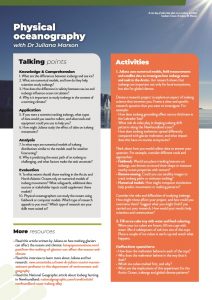
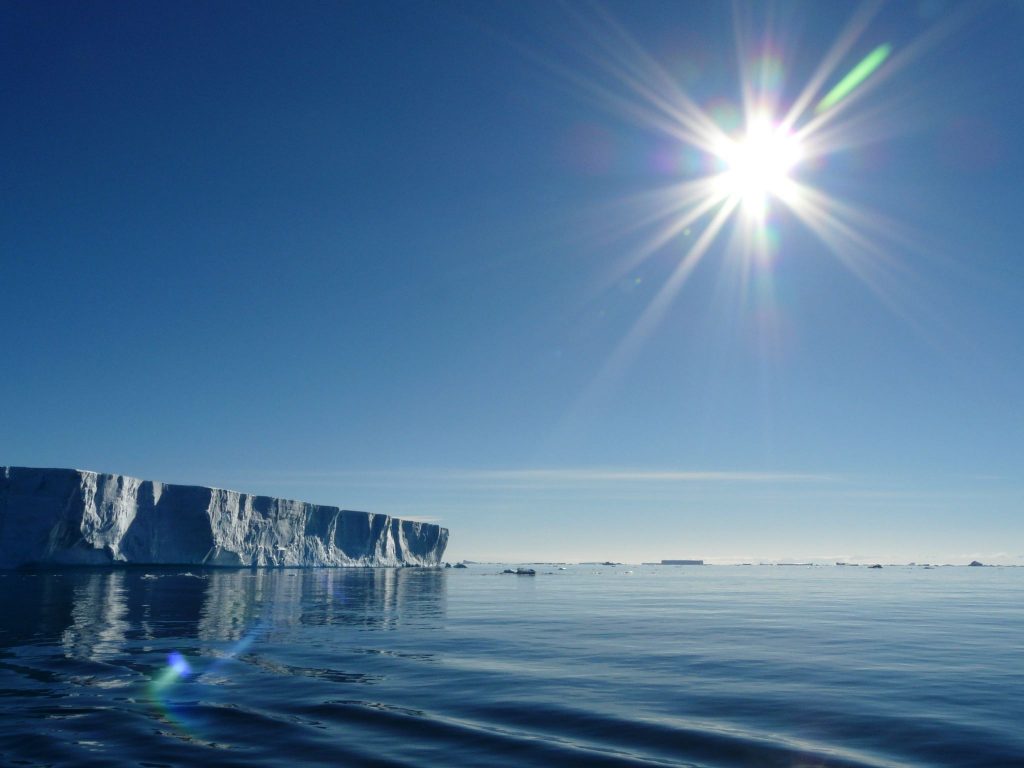
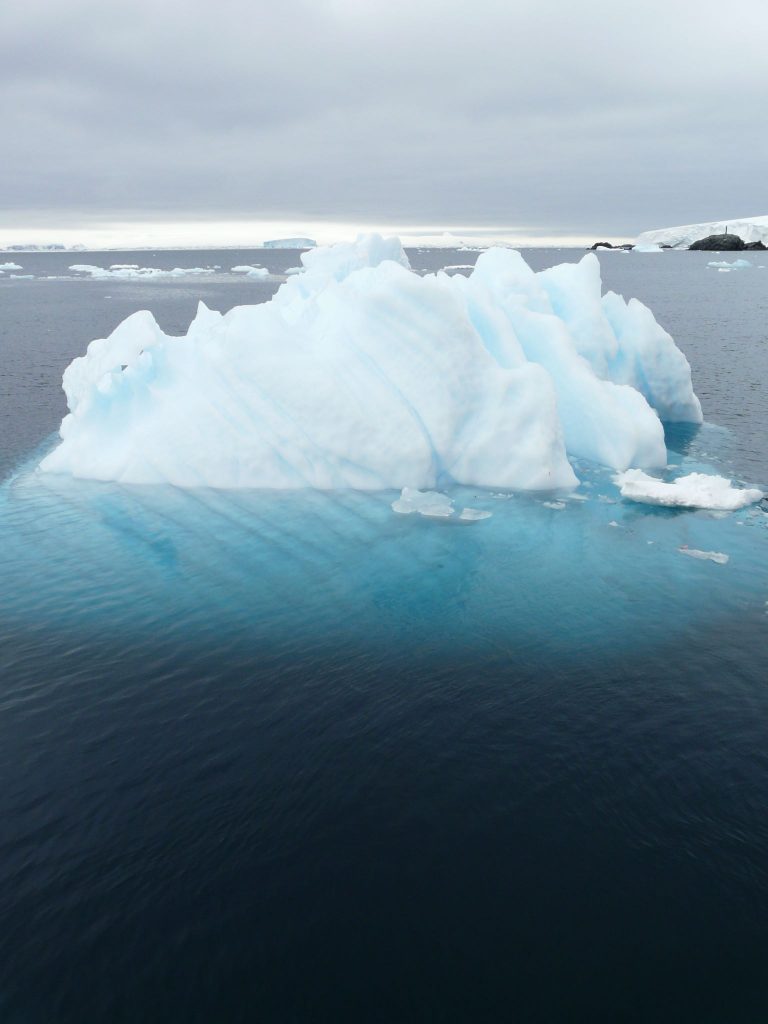

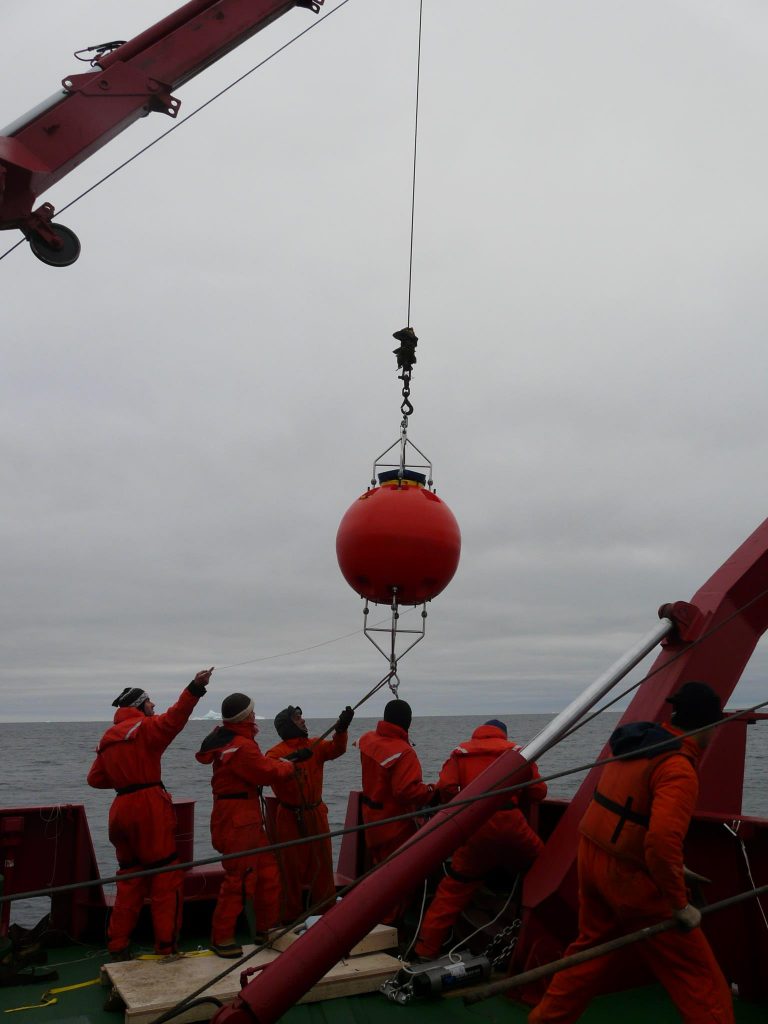

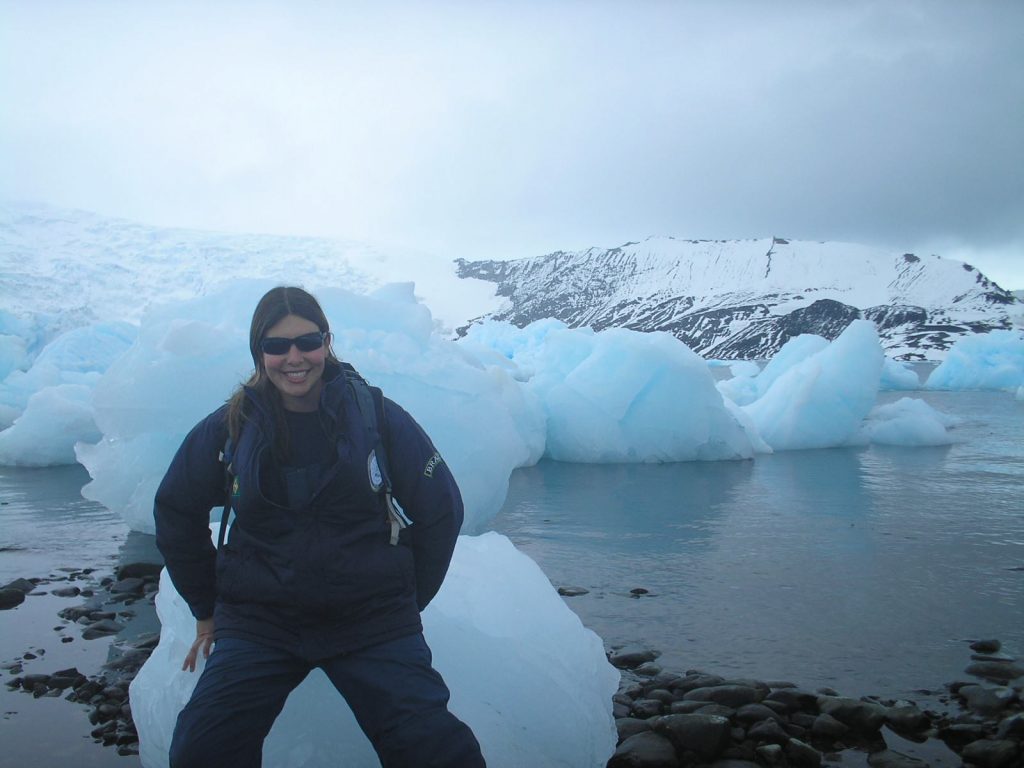

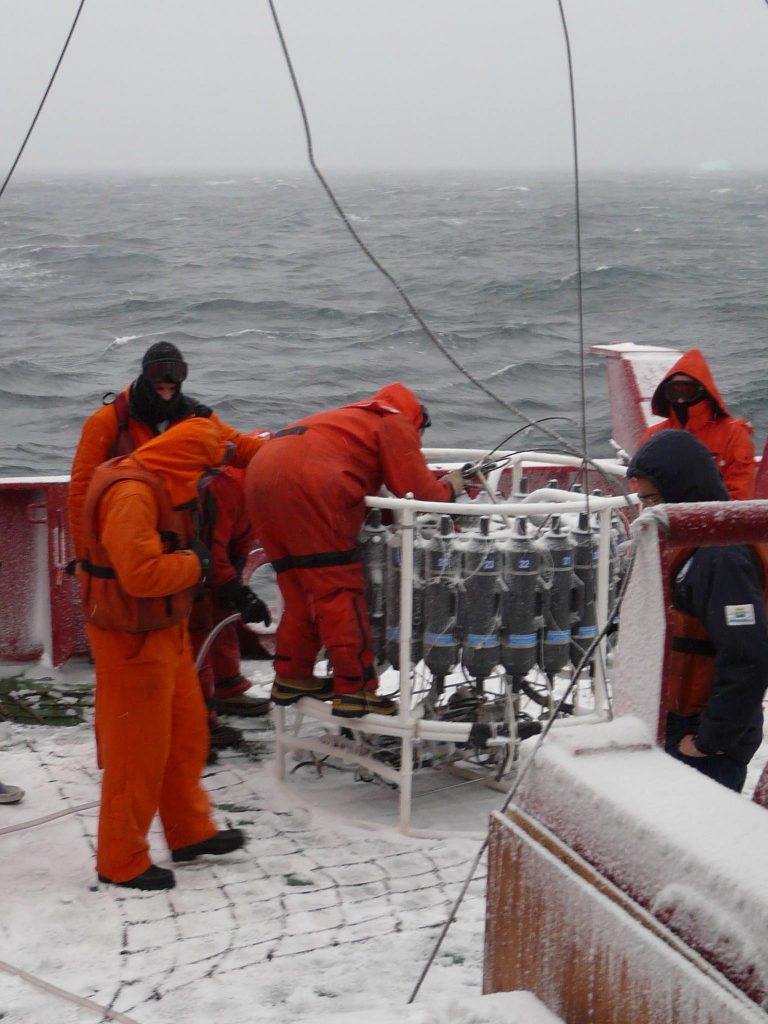
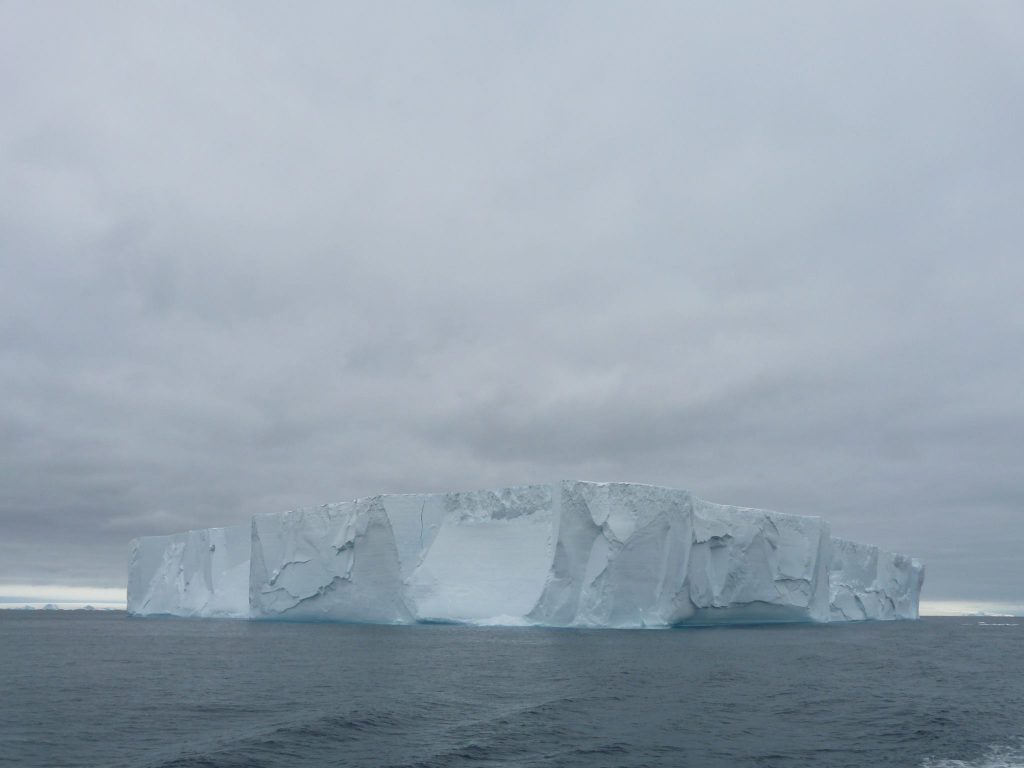



0 Comments